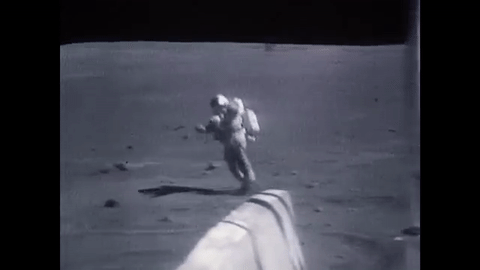Vibrating Boots Could Help Astronauts Stay On Their Feet
The Martian explorers might benefit from shoes that buzz

Walking on the surface of Mars, where the gravity is one-third of Earth’s, won’t be easy. If you dumped a wheelbarrow of rocks into a bounce-house, then jumped in with shoeboxes tied to your feet and a fishbowl on your head, you’d be getting close to how astronauts might feel exploring the Red Planet’s surface.
A pratfall on Mars wouldn’t just be good, geeky comedy. Best case, the astronaut wastes time and oxygen trying to stand back up. At worst, a tear in a pressurized suit can mean a quick death.
Researchers from MIT’s Department of Aeronautics and Astronautics (AeroAstro) and the Charles Stark Draper Laboratory in Cambridge, Massachusetts, are working on a haptic-response space boot that can warn wearers of nearby obstacles when they can’t see their own feet. The boot has motors at the toe, heel and outer front — locations chosen based on feedback studies of 500 different stimuli around the foot. Varying intensities and pulses of vibrations could cue how high to step over an object, or how to step around an obstacle. They see this technology as valuable not only for space walks, but for firefighters, the elderly, or those with compromised sensory systems.